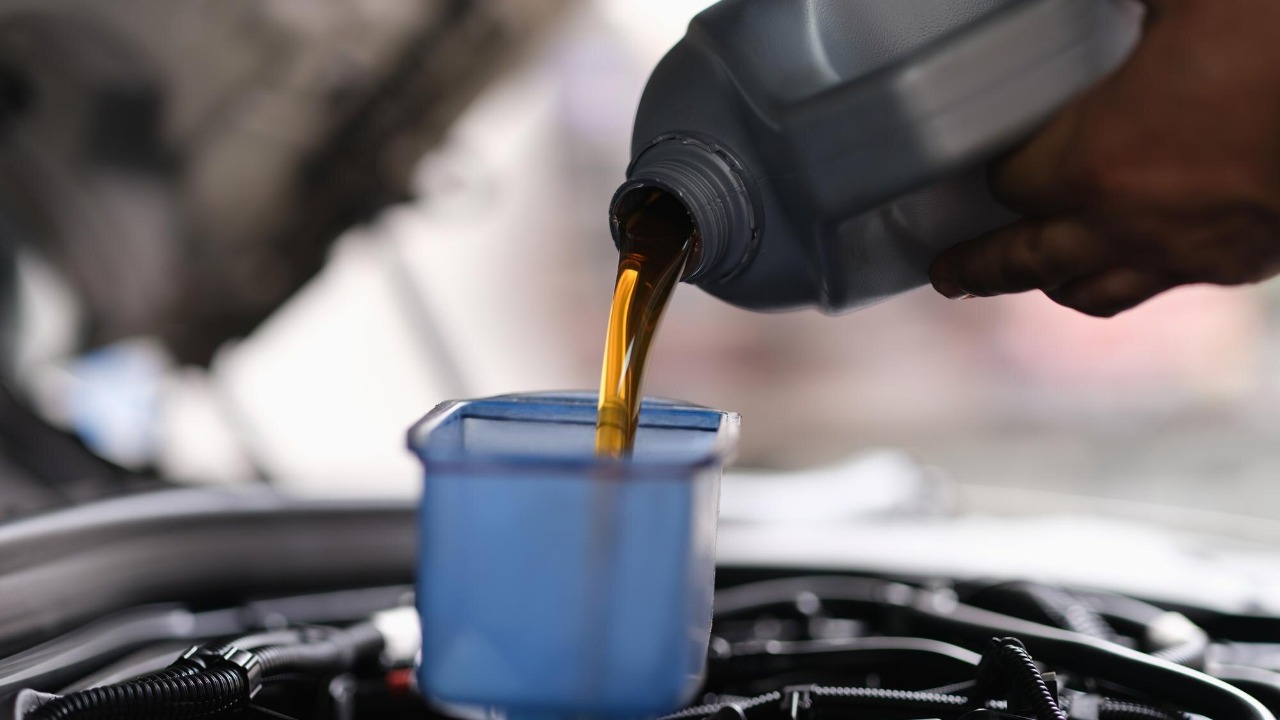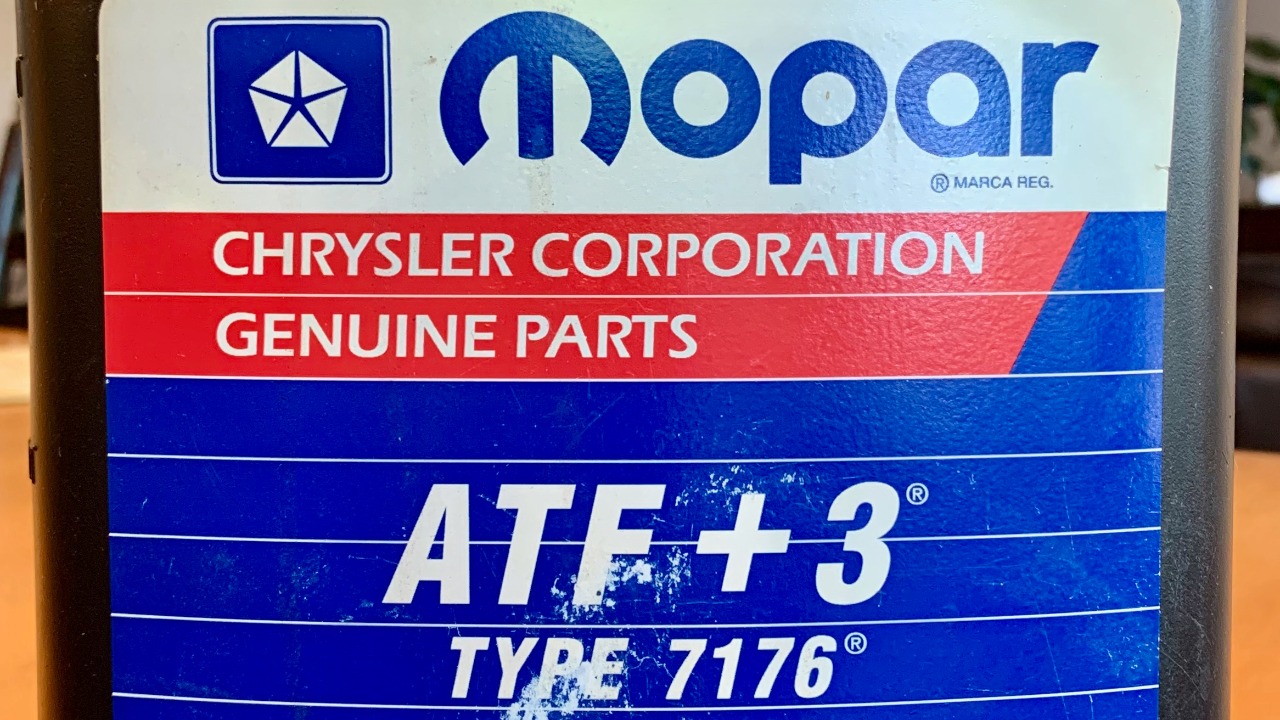
Automatic transmission fluid (ATF) is a crucial component in the proper functioning of your vehicle’s transmission system. Understanding how long ATF lasts and the optimal time for its change can help maintain your vehicle’s performance and longevity. Exploring the lifespan of transmission fluid provides valuable guidance on when it should be replaced, ensuring smooth and efficient operation of your vehicle.
Understanding Automatic Transmission Fluid

The composition of automatic transmission fluid is a sophisticated blend of chemical compounds designed to perform several essential functions. Primarily, ATF serves as a lubricant, reducing friction and wear on moving parts within the transmission system. It also acts as a coolant, dissipating heat generated by the transmission’s operation. In addition, ATF facilitates hydraulic functions, enabling the smooth shifting of gears by transmitting power from the engine to the transmission. The chemical makeup typically includes base oils, detergents, anti-wear additives, and friction modifiers, all working together to maintain the transmission’s performance.
There are various types of transmission fluid available in the market, each formulated to meet specific vehicle requirements. Conventional ATF is derived from refined crude oil and is suitable for many standard vehicles. In contrast, synthetic ATF is engineered for superior performance, offering enhanced temperature stability and oxidation resistance. Additionally, some fluids are specially formulated for particular vehicle brands, such as Honda ATF-Z1 or Toyota’s Type T-IV. Selecting the appropriate type of ATF is crucial for optimal transmission performance and longevity.
Recognizing signs of ATF deterioration is vital for maintaining your vehicle’s transmission health. Changes in the fluid’s color, odor, and consistency are clear indicators of breakdown. Fresh ATF typically has a bright red hue, but if it turns dark brown or black, it may be time for a change. A burnt smell signifies overheating, while a thicker or more viscous consistency suggests contamination. Regularly checking these characteristics can help you spot potential issues early and prevent extensive damage.
Lifespan of Transmission Fluid

The longevity of automatic transmission fluid is influenced by several factors, each affecting its performance and durability. Driving conditions play a significant role, as vehicles frequently used for towing or driving in extreme temperatures can cause ATF to degrade more rapidly. The type of vehicle also matters; for instance, heavy-duty trucks might require more frequent fluid changes compared to smaller, lighter cars. Additionally, the quality of the fluid itself is crucial; high-performance synthetic ATF may last longer than conventional options.
Auto manufacturers typically provide guidelines on the recommended intervals for changing transmission fluid. These recommendations can vary significantly, with some manufacturers suggesting changes every 30,000 miles, while others, especially those using synthetic fluids, may extend this to 100,000 miles or more. It’s essential to consult your vehicle’s owner’s manual or contact the manufacturer to determine the best schedule for your specific model. For example, many Honda vehicles suggest ATF changes every 60,000 miles under normal driving conditions.
Your driving habits also have a profound effect on how long transmission fluid lasts. Aggressive driving, frequent short trips, and heavy loads can cause the fluid to reach higher temperatures more often, accelerating its degradation. Amanda’s Subaru Forester, for instance, required a new transmission at 100,000 miles due to aggressive driving patterns. Understanding the impact of driving habits can help in planning timely maintenance and avoiding premature transmission wear.
When and Why to Change Transmission Fluid

Identifying the warning signs that indicate it’s time to change your transmission fluid is crucial for preventing transmission issues. Symptoms such as slipping gears, delayed shifting, or unusual noises during gear changes are clear indicators that your ATF may need attention. Additionally, if you experience a significant drop in fuel efficiency, it could be due to deteriorating transmission fluid, which is no longer providing optimal lubrication and cooling.
Engaging in preventative maintenance by regularly checking and changing your transmission fluid is essential for avoiding costly repairs. Routine maintenance helps in maintaining the transmission’s efficiency and can prevent problems like overheating and increased friction. According to Mister Transmission, staying proactive with fluid changes can significantly extend the life of your transmission, reducing the likelihood of unexpected vehicle downtimes.
Deciding between a professional service or a DIY approach for changing transmission fluid can depend on several factors. Professional services offer expertise and the assurance of proper disposal of old fluid, but they can be costly. On the other hand, a DIY method may save money and be more convenient for those with mechanical skills. However, it requires careful handling of tools and knowledge of your vehicle’s specifications. Ultimately, the choice depends on personal comfort with vehicle maintenance tasks.
Impact of Not Changing Transmission Fluid

Neglecting to change your transmission fluid can lead to severe consequences for your vehicle’s transmission system. Over time, old and contaminated fluid can cause overheating and increased friction, leading to excessive wear on transmission components. This deterioration can eventually result in complete transmission failure, which is often expensive to repair and may even necessitate a full transmission replacement.
The financial implications of ignoring transmission maintenance can be significant. Transmission repairs are among the most costly vehicle services, often ranging from hundreds to thousands of dollars depending on the damage. In contrast, regular ATF changes are a relatively inexpensive preventive measure that can help you avoid these substantial costs. As highlighted by the ASME, the cost-effectiveness of routine fluid changes far outweighs the potential expenses of major transmission repairs.
Regular changes of ATF not only prevent damage but also contribute to the long-term health and performance of your vehicle. Ensuring that the transmission fluid is clean and functioning correctly helps maintain overall vehicle efficiency and can prolong the life of your transmission system. This proactive approach to maintenance is a key factor in preserving the longevity of your vehicle and keeping it running smoothly for many years.
Choosing the Right Transmission Fluid

Selecting the correct transmission fluid for your vehicle is essential for maintaining its performance and longevity. Each vehicle model may have specific requirements, and it’s crucial to choose an ATF that is compatible with your vehicle’s make and model. Consulting the manufacturer’s specifications is the best way to ensure compatibility. For example, Ford vehicles may require Mercon V, while GM vehicles often use Dexron VI. Ensuring the right match helps maintain optimal transmission function.
The debate between synthetic and conventional transmission fluids is ongoing, with each type offering distinct advantages and limitations. Synthetic ATF provides superior performance in extreme temperatures and offers better protection against oxidation and wear. However, it can be more expensive than conventional fluids. Conventional fluids, while cost-effective, may not perform as well in severe conditions. Understanding these differences can help you make an informed decision based on your driving needs and budget.
Environmental considerations are also important when dealing with transmission fluid. Proper disposal and recycling of used ATF are crucial to minimize environmental impact. Many auto service centers offer recycling programs, ensuring that old fluid is disposed of responsibly. By participating in these programs, you contribute to environmental preservation while maintaining your vehicle. According to a report by SAE International, responsible recycling practices are essential for reducing the ecological footprint of automotive maintenance.